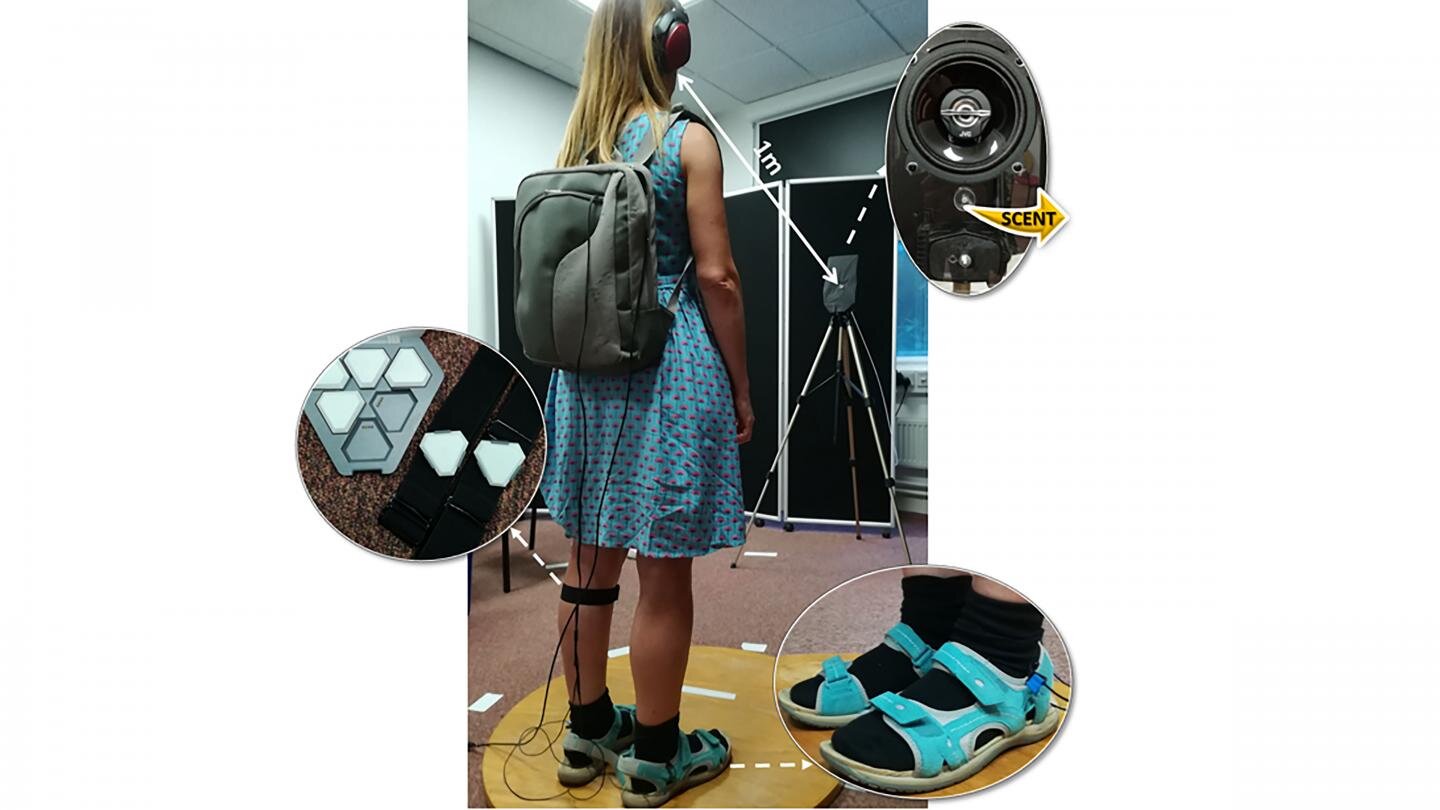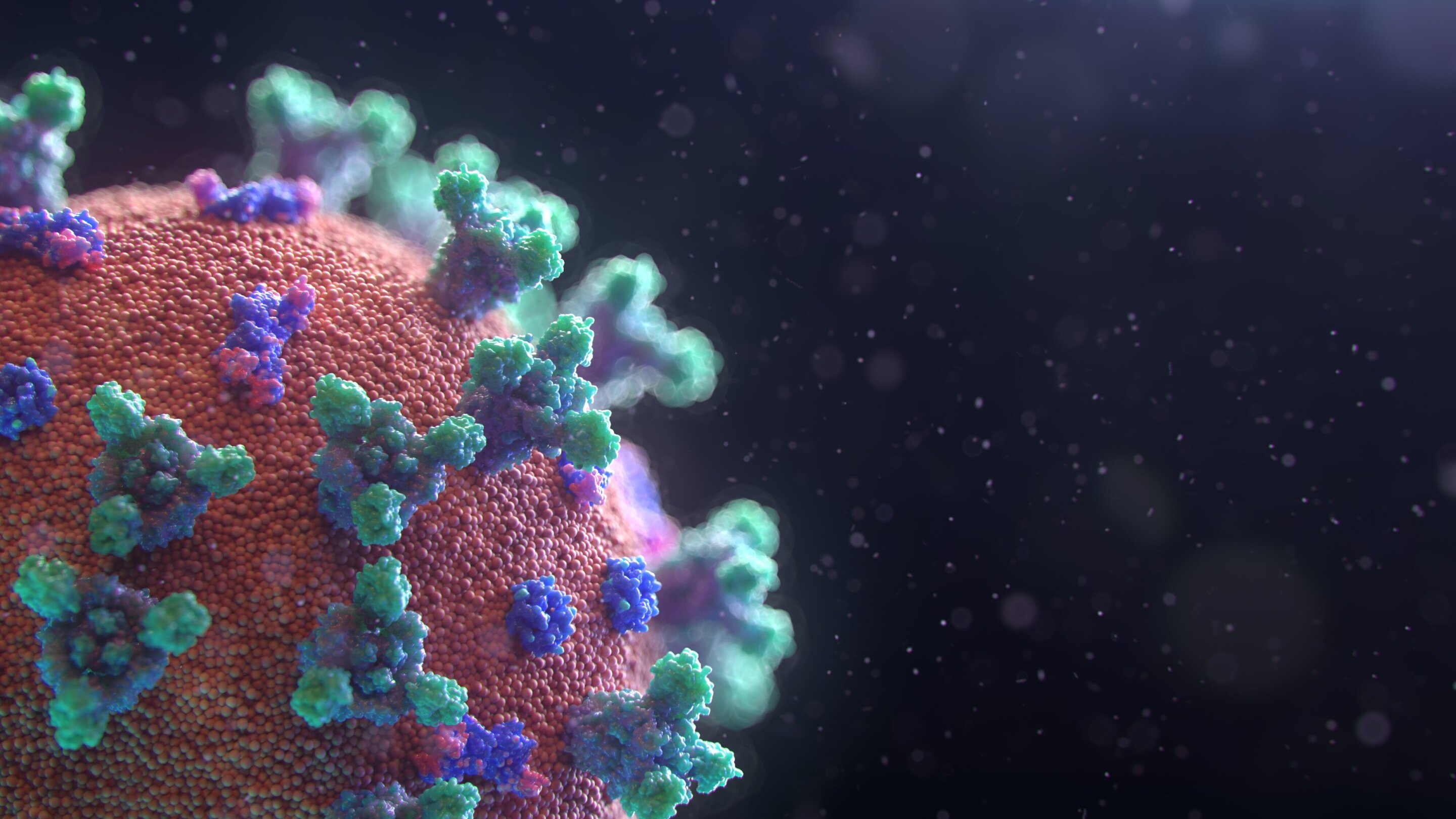#Novel gas-capture approach advances nuclear fuel management
“#Novel gas-capture approach advances nuclear fuel management”
“If one day we want to treat the spent fuels, which in the U.S. are currently stored in pools and dry casks at the nuclear power plant sites, we need to handle the volatile radionuclides.” explains Ju Li, MIT’s Battelle Energy Alliance Professor of Nuclear Science and Engineering and professor of materials science and engineering. “Physisorption of krypton and xenon is a good approach, and we were very happy to collaborate with this large team on the MOF approach.”
MOFs have been seen as a possible solution for applications in many fields, but this research marks the first systematic study of their applicability in the nuclear sector, and the effectiveness of different metal centers on MOF radiation stability, notes Sameh K. Elsaidi, a research scientist at the U.S. Department of Energy’s National Energy and Technology Laboratory and the paper’s lead author.
“There are already over 60,000 different MOFs, and more are being developed every day, so there are a lot to choose from,” says Elsaidi. “The selection of one for 85Kr separation during reprocessing is based on several essential criteria. During our long search for porous materials that can meet these criteria, we found that a class of microporous MOFs called SIFSIX-3-M can efficiently reduce the volume of nuclear waste by separating 85Kr in more pure form from the other nonradioactive gasses. However, in order to be useful for practical separation of 85Kr, these materials must be resistant to radiation under reprocessing conditions.
“This is a first look at candidates that can meet the criteria. I feel very lucky to be working with Ju and [MIT NSE postdoc Ahmed Sami Helal] as we start to evaluate whether these materials can be used in the real world. This project was a very good example of how collaborative work can lead to better fundamental understanding, and there’s a lot down the road that we can do together,” adds Elsaidi.
Helal notes, “Studying the effect of high-energy ionizing radiation, including β-rays and γ-rays, on the stability of MOFs is a very important factor in determining whether the MOFs can be used for capture of fission gasses from used fuel. This work is the first to investigate the radiolytic stability of MOFs at radiation doses relevant to practical Xe/Kr separation at fuel reprocessing plants.”
Developing a practical adsorption process is a complex task, requiring capabilities from multiple disciplines including chemical engineering, materials science, and nuclear engineering. The research leveraged several specialized Institute resources, including the MIT gamma irradiation facility (managed by the MIT Radiation Protection Program) and the High Voltage Research Laboratory, which was used for beta irradiation measurements with assistance from Mitchell Galanek of the MIT Office of Environment, Health and Safety.
Those efforts, in conjunction with X-ray diffraction studies and electronic structure modeling, “were fascinating and helped us learn a lot about MOFs and build our understanding of non-neutronic radiation resistance of this new class of materials,” says Li. “That could be useful in other applications in the future,” including detectors.
More information:
Sameh K. Elsaidi et al. Radiation-resistant metal-organic framework enables efficient separation of krypton fission gas from spent nuclear fuel, Nature Communications (2020). DOI: 10.1038/s41467-020-16647-1
This story is republished courtesy of MIT News (web.mit.edu/newsoffice/), a popular site that covers news about MIT research, innovation and teaching.
Novel gas-capture approach advances nuclear fuel management (2020, July 27)
retrieved 27 July 2020
from https://phys.org/news/2020-07-gas-capture-approach-advances-nuclear-fuel.html
This document is subject to copyright. Apart from any fair dealing for the purpose of private study or research, no
part may be reproduced without the written permission. The content is provided for information purposes only.
If you want to read more Like this articles, you can visit our Science category.
if you want to watch Movies or Tv Shows go to Dizi.BuradaBiliyorum.Com for forums sites go to Forum.BuradaBiliyorum.Com




